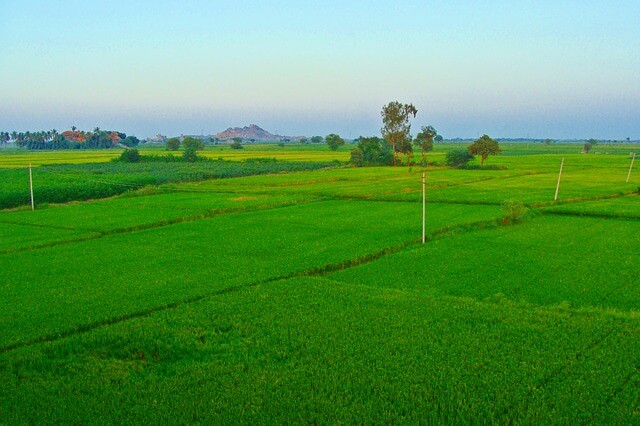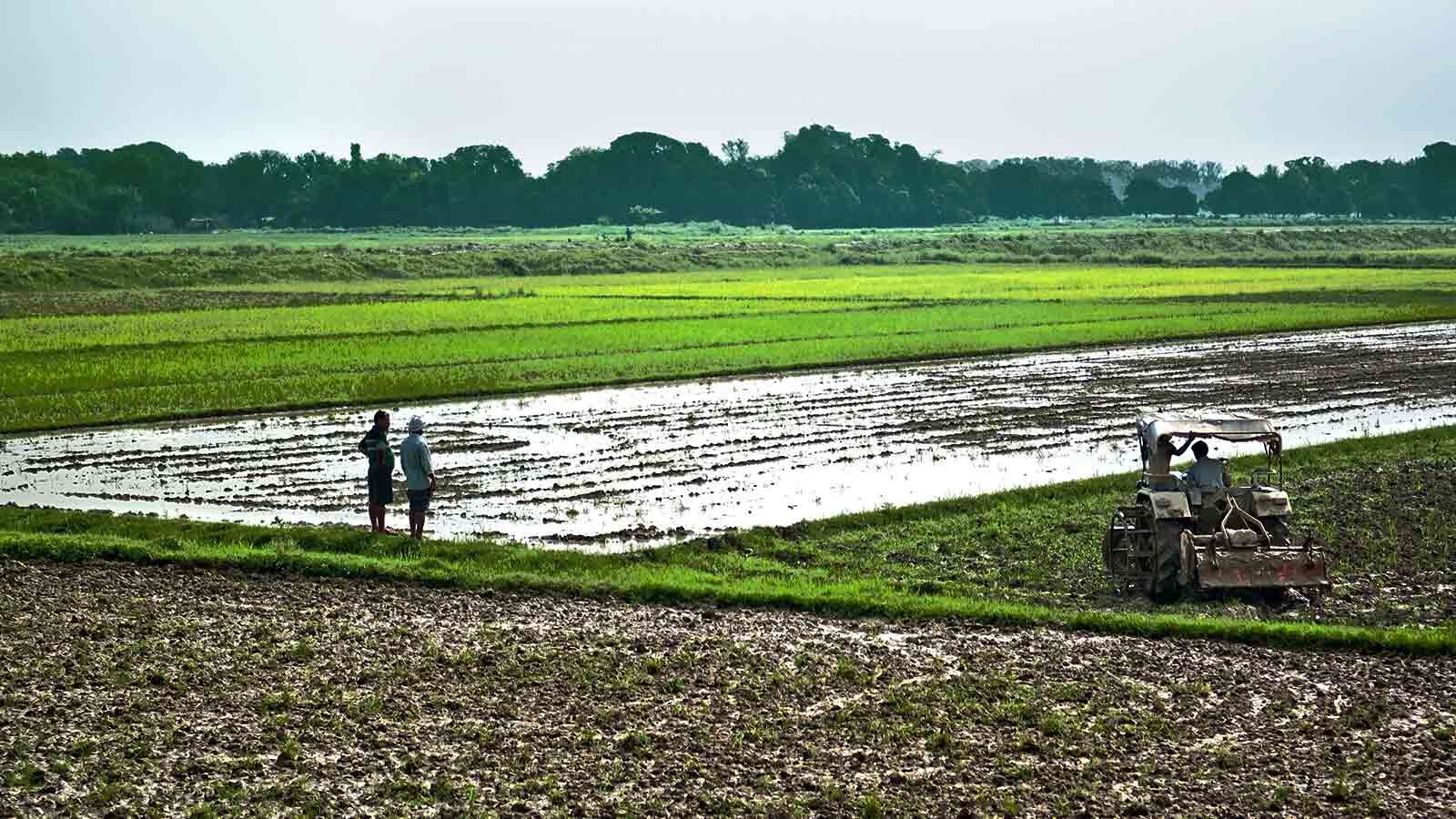What are Land Reforms?

What are Land Reforms?

There have been so many changes in the country in the past few years, especially with land reforms established by the Government. There is a wide range of them, but still, not many people are aware of all of them. Here, we can find them. But before that, are you still wondering what land reform is? Don’t worry, we’ll let you know, and a little later, we’ll also tell you a lot more about them. So, buckle up, and let’s start.
What are Land Reforms?
Land reform is a program that is particularly undertaken by the national government, and in our cause the government of India. It involves the redistribution of agricultural land among the landless.
There are two main objectives of land reforms that are established, and they are:
- To change the agrarian structure in such a way that it does not obstruct but promotes the growth of agriculture.
- It aims at replacing the old land system with a new one that is free from the exploitative features that characterized the former.
Let’s look at it a little more in-depth, can we?
The Land Reforms in India

Tenancy Reforms
The broad package of tenancy changes includes measures (2) and (3). Every state has implemented tenancy legislation to alleviate the issues that tenants, both tenants-at-will and sub-tenants, face. Their living conditions are appalling, as they are subjected to ruthless exploitation, frequent rent increases, eviction at will, extractions of various types, and the terrible beggar system.
According to one estimate, around 20% of agricultural land is subject to this type of non-occupancy tenancy. According to the 98th round of the National Sample Survey, the proportion varies between 11% and 26% in different states.
Abolishing Intermediaries
The removal of intermediary tiers or layers of various amorphous and parasitic organizations inland between the State and the genuine cultivators during the 1950s and 1955 resulted in the abolition of zamindari and similar intermediary tenures.
However, such eradication of intermediaries necessitated compensating landowners.
About 2.5 crore farmers were brought into direct contact with the government as a result of this initiative. This made it possible for 61 lakh hectares of land to be distributed to landless farmers. The state currently owns large swaths of privately held woodland and wasteland.
Ceiling on Land Holdings
Almost all states have passed the appropriate legislation to redistribute surplus land after establishing a landholdings ceiling. The maximum size of a holding is determined by the quality of the land. The ceiling laws were updated in accordance with standards established in 1972.

Lands are typically split into distinct categories based on irrigation, soil type, and other factors. However, a few types of farms are excluded from the ceiling, including plantations, orchards, and sugarcane farms owned by sugar manufacturers.
Farmers who have excess land beyond the specified ceiling will be required to relinquish it to the state in exchange for fair compensation. The surplus land will be transferred to the state and allocated to landless workers and small and marginal farmers with unprofitable holdings.
These are some of the land reforms working in the country right now. And there are new establishments by the Government coming up frequently for the betterment of the population.
How to Know the Current Land Reforms of the Country?
We know it’s always hard to find the most authentic information, especially with so many hoaxes and fake news spreading on the internet. But, you can always find the right data on official portals such as Banglarbhumi or Department of land resources, and much more.
These land reforms are not new – they have been followed for the development of the nation for quite some time. Let’s go a little back in time and find out.
Older Land Reforms of India

Ryotwari System
This was a system that was introduced by Sir Thomas Munro in the year 1792. In this system, the registered holder of the land has the responsibility to pay land revenue to the government.
There was no middleman between the landholder and the state, and the landowner had the liberty to sublet his property or to transfer it by gift or sale. But, he could not be ejected from the land until the revenue was paid.
Mahalwari System
This system was introduced by the Viceroy Lord William Bentinck in British India. It began in Agra and Oudh and extended to Punjab. In this system, the land belonged to a small group of families that were the most powerful in their regions and were also responsible for paying rent to that state.
Zamindari System
This is a system that was established in Bengal, Uttar Pradesh, Bombay, and Tamil Nadu. It was created by Lord Cornwallis who came into a permanent settlement with landlords in 1793. It was in order to increase the revenue of the East India Company. Usually, a zamindar is a landlord who does not cultivate.
Jagirdari System
This was found by the princely states of Rajasthan. In this system, Jagirs were given certain military commanders, ministers, and courtiers who took revenue for their support or for the military force that they were obliged to maintain.
Conclusion
Now you’ve had your view on the land reforms of India. These land reforms have grown today, and they’ve also been known to have attained a number of their objectives, which you can find out with more research.





